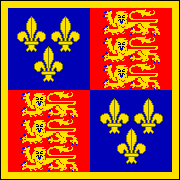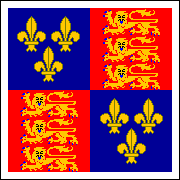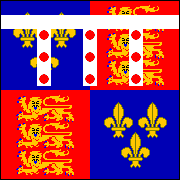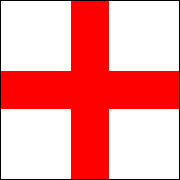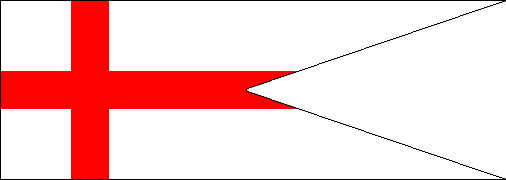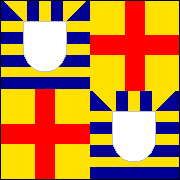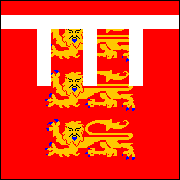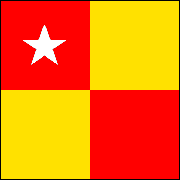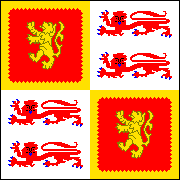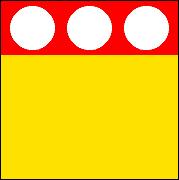King Henry V of England invaded France in
1415 with the proclaimed intention of snatching the crown of
France from the brow of the sick and feeble Charles VI. Though
he was probably sincere enough in his desire to gain the French
crown, Henry's immediate objectives were more prosaic. A
successful foreign war would strengthen his political position
in England
and bring valuable territories under his authority. War also offered
the prospect of taking noble prisoners who would pay
ransoms, and it might also prove possible to extort money from
the French King as the price of peace.
The campaign of 1415 began well for the
English, but by the autumn of that year Henry's army was sick,
hungry, exhausted and closely beset by a much larger French
force. The King would have preferred to avoid a battle, but the
skillful maneuvering of the French commander,
Charles d'Albret,
Constable of France,
left him with no choice in the matter. On October 25—Saint
Crispin's
Day—Henry arrayed his troops on the field of Agincourt. He had
about 1,000 knights and men-at-arms, 3,000 other infantry and 6,000
archers, the latter armed with the deadly English longbow. The
French army, numbering some 40,000 men, was utterly confident of
victory.
But instead Agincourt was one of the most startling and brilliant victories
in the warlike history of England. Against all expectations the
proud chivalry of France were routed with great slaughter, some 5,000 Frenchmen of noble birth
losing their lives on the
muddy battlefield under a storm of English arrows. "This was a royal fellowship of death,"
Shakespeare has Henry remark as the King is read the tally of the
slain enemy. Though English casualties were comparatively trivial, among them was
Edward Plantagenet, Duke
of York and grandson of
King Edward III.
His banner of arms is illustrated below.
The army of Henry V
had no fixed organization. Soldiers mustered under the command
of the great nobles, whose banners served in effect as company
and regimental colors. The closest equivalents to a national flag,
borne by selected knights, were the banner of St. George and the royal
banner, the latter marking the King's own position on the battlefield.
Reflecting Henry's claim to the French crown, it
displayed the arms of France quartered with those of England.
The Banner of St. George could be either square or swallowtailed.
Images
Added September 2012
Banners of
Saint George |
